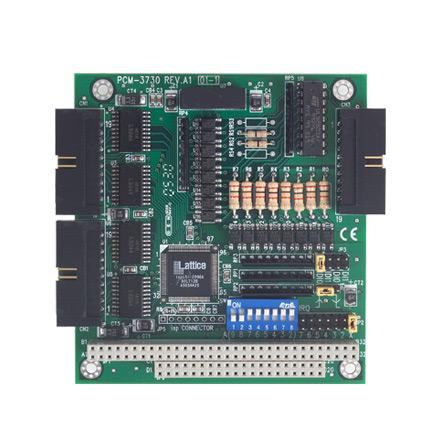

Exploring the Allure of Bubble Pattern Glass A Blend of Artistry and Functionality
Bubble pattern glass has garnered attention not only for its aesthetic appeal but also for its functional properties. The unique texture and appearance produced by the bubbles trapped within the glass create a fascinating visual effect that has captivated designers, artists, and homeowners alike. This article delves into the history, production, and contemporary uses of bubble pattern glass, highlighting its enduring charm and versatility.
The Origins of Bubble Pattern Glass
The history of bubble pattern glass can be traced back to ancient civilizations where glass was first used. Early glassmakers discovered that by manipulating the molten glass, they could create various textures and patterns. The intentional incorporation of bubbles into the glass process was both a practical and artistic choice. In the medieval period, craftsmen began to experiment more broadly with textures and colors, leading to the development of what we now recognize as bubble pattern glass.
During the 20th century, the artistry of glassmaking evolved significantly, with movements such as Art Nouveau and Art Deco pushing the boundaries of this medium. Artists and artisans began to embrace the beauty of imperfections; the bubbles were no longer viewed as flaws but rather as integral elements of the design. This shift paved the way for a resurgence in the popularity of bubble pattern glass.
The Production Process
Creating bubble pattern glass is an intricate process that requires skill and precision. The art begins with the selection of high-quality silica sand and other raw materials, which are then melted at high temperatures. The critical step in creating the bubble pattern involves introducing air into the molten glass. This can be achieved through various techniques, including blowing air into the glass or introducing gases during the melting process.
Once the bubbles have formed, glassblowers or artisans manipulate the material to create the desired shapes and patterns. The bubbles can vary in size and distribution, leading to unique variations in each piece. This handcrafted element ensures that no two pieces of bubble pattern glass are exactly alike, further appealing to collectors and interior designers.

Contemporary Uses of Bubble Pattern Glass
Today, bubble pattern glass is embraced in numerous applications, ranging from architectural elements to decorative pieces. One of the most significant uses is in windows and glazing. The textured surface not only adds an artistic flair but also serves practical purposes, such as diffusing light and enhancing privacy. This makes bubble pattern glass an excellent choice for both residential and commercial buildings.
In interior design, bubble pattern glass is often utilized in lighting fixtures, such as pendant lights and lamps. The play of light through the bubbles creates a mesmerizing effect, illuminating spaces with a warm, inviting glow. Additionally, bubble pattern glass is popular in furniture design, particularly in tabletops and cabinets, where it adds a touch of sophistication.
Moreover, bubble pattern glass has made a significant impact in the realm of art. Many contemporary glass artists use this technique to create sculptures, bowls, and vases that showcase the beauty of the medium. These artworks are frequently displayed in galleries and museums, highlighting the artistic possibilities of bubble pattern glass.
The Appeal of Bubble Pattern Glass
The charm of bubble pattern glass lies in its ability to blend functionality with artistic expression. Each piece tells a story, from the chaotic beauty of the bubbles to the expertly crafted forms they inhabit. This unique quality has made bubble pattern glass a sought-after material for those looking to add character to their spaces.
Furthermore, in an era where mass production often overtakes artisanal craftsmanship, bubble pattern glass stands as a testament to the value of handmade goods. The time and skill required to produce each item ensure a level of authenticity and individuality that resonates with discerning consumers.
In conclusion, bubble pattern glass is not merely a decorative element; it represents a confluence of art, history, and functionality. As we continue to appreciate the beauty of handcrafted items, bubble pattern glass will undoubtedly maintain its place as a beloved medium in both contemporary design and artistic expression. Whether used in architecture, interior design, or fine art, bubble pattern glass remains a compelling choice that enchants all who encounter it.